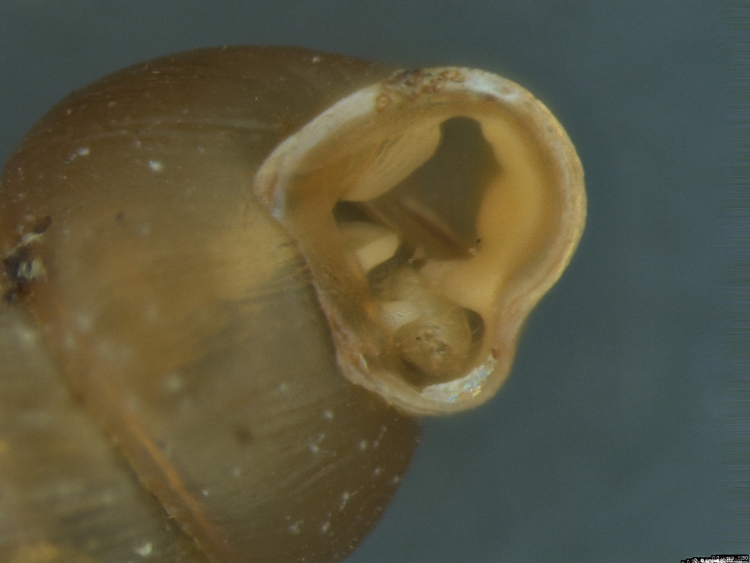Status Overview
Vertigo angustior is a Vulnerable whorl snail (Seddon et al., 2014) located in a few fragmented sites across the UK. In terms of locations in North West England, it is thought to be restricted to Gait Barrows in Morecambe Bay, which support a strong population on Limestone pavement. This is however an unusual habitat for the species.
Habitat
In the UK, the snail is mostly associated with saline areas. It is typically found in the buffer between salt marshes and heathland or dunes, as well as in grasslands and habitats characterised by short herbs, mosses, and Iris plants. At Gait Barrows, it can be observed among scattered moss on limestone pavements, and there are a few populations in open calcareous fen areas in East Anglia. Normally, it thrives in soils that are consistently moist but have good drainage, avoiding prolonged periods of flooding.
Identification
The snail has features typical of other species within the family Vertiginidae; a small shell (1-2mm) and multiple “Teeth” within the aperture of the shell. The teeth are only visible when the animal itself has been removed or after death. In the case of V. angustior, it has one very distinctive characteristic, the shell is sinistral. This is left-handed coiling which can be seen when the mouth is on the observer’s left when the apex is directed upwards, and with mouth facing the observer, this can be seen in the pictures below. There are only two Vertigo snails in the UK with sinistral shells. Of these V. angustior is the smaller and narrower species (1.8 x 0.9 mm) and has 5 – 6 apertural teeth which do not fill the entire aperture. The penultimate whorl (Whorl above the body whorl there the mouth is located) is wider than the body whorl (Cameron, 2008).

Vertigo mouth. Keir Flowerdew / National Museums Liverpool
Conservation
Many locations containing V. angustior occur within protected sites, especially on the coastal sites and in some of the fen type sites, although in the past there have been issues with over grazing pressure levels (JNCC, 2019). In the longer term, should there be loss of present habitat from sea-level rise, many sites would not have space for movement into new areas and some of the larger populations would be threatened. Sea level rise does not threaten Gait Barrows. However, we are not aware of any recent survey work to check the health of the population.
References
Seddon, M.B., Killeen, I.J. and Fowles, A.P., 2014. A Review of the Non-Marine Mollusca of Great Britain: Species. Countryside Council for Wales.
British Conchological Society, 2023. Sinistral Vertigo species. Accessed from: https://conchsoc.org/node/5443
Cameron, 2008. Land Snails in the British Isles. Field Studies Council.







